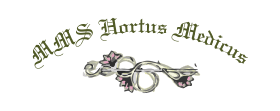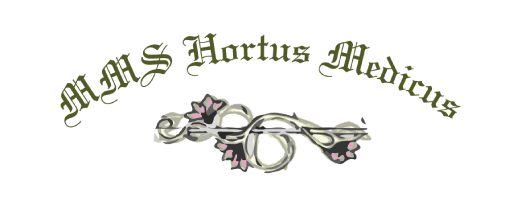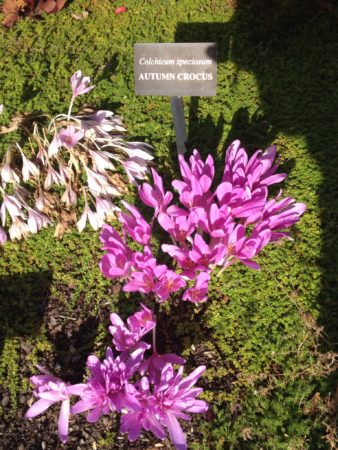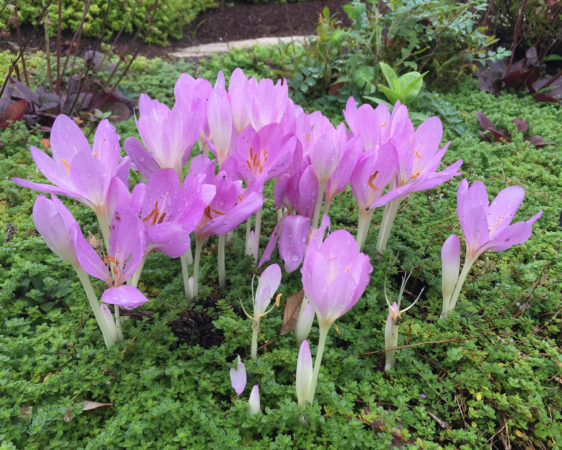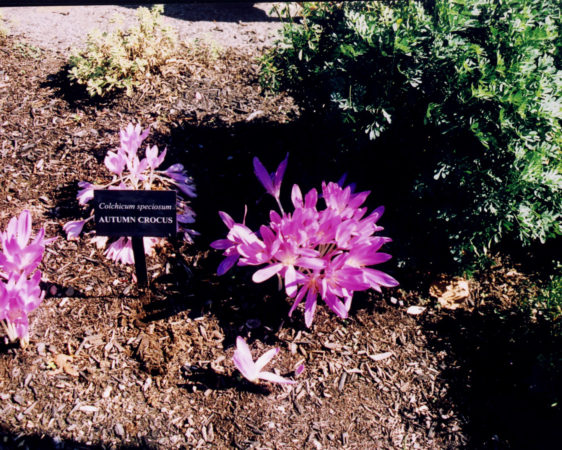Colchicum autumnale/speciosum
Colchicine first appears in recorded medical history in the Egyptian papyrus of Ebers. Discorides used it in the first century CE. for the treatment of arthritis,
Later, Theophrastus (c. 371–287 BCE) noted it to be very toxic. In the fifth century (Byzantine Empire), it was used for the treatment of joint conditions. Colchicine is an alkaloid that relieves the joint pain and inflammation of gout. Colchicine is still derived from the plant itself because chemists have not been able to synthesize it inexpensively in the laboratory. Colchicine lowers the uric acid concentration in serum and synovial fluid, and it also prevents uric acid from crystallizing in the renal tubules. Though they are called autumn crocus, they belong to the lily family and should not be confused with Crocus sativus (saffron crocus), which is a crocus whose red stigmas are the source of the spice saffron.
